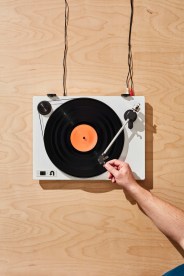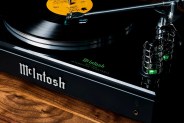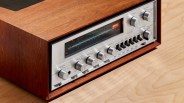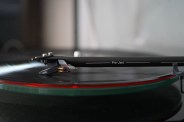Before buying a turntable, there are a bunch of questions you have to ask yourself. How much do you want to spend? Do you want a turntable with a built-in phono preamp or do you want to be able to build out the system with your own amplification and components? What size records will you be playing and what speed(s) will you need the turntable to play?
Most importantly, however: Do you want a manual or an automatic turntable? And more importantly. And what the is the difference?
What’s the difference between a manual and automatic turntable?
With a manual turntable, you have to manually lower the tonearm onto the record to start playing. When the record is over, you have to lift the tonearm back into its resting position. It’s more work, of course, but many vinyl enthusiasts believe manual is the point. This kind of turntable makes playing the music very deliberate.
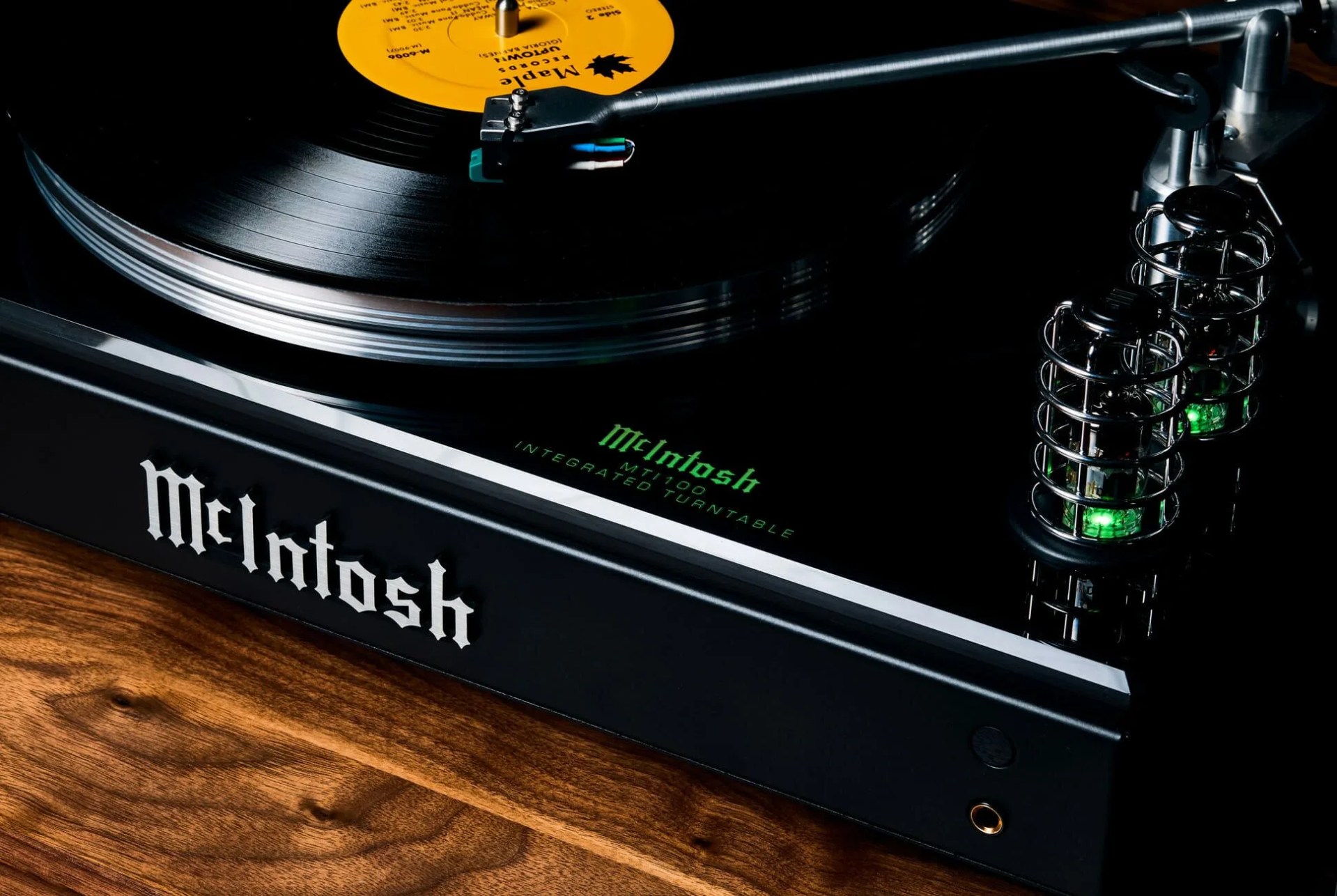
An automatic turntable takes that work away from you. Once you place the record, all you have to do is press a button (or lever) and the tonearm will automatically lower onto the record. When the record is over, the tonearm will lift and return back to its resting position. It’s a minor bit of automation but with a big effect — it makes your turntable essentially a press-and-play machine.
There are hybrid turntables, too. A semi-automatic turntable splits the difference by requiring you to place the needle into the groove, but after the album is done, the tonearm will automatically lift and return to its resting position at the end of the record. Most automatic and semi-automatic turntables will also turn off at the end of the record.

